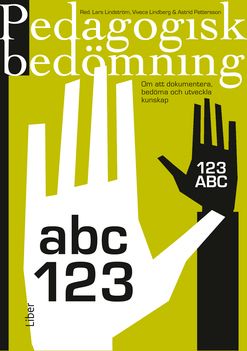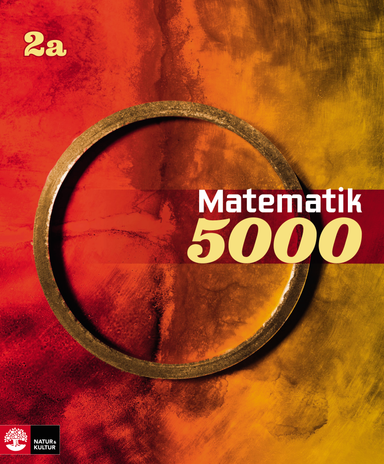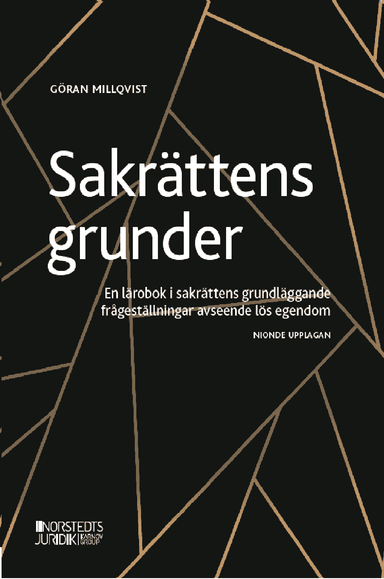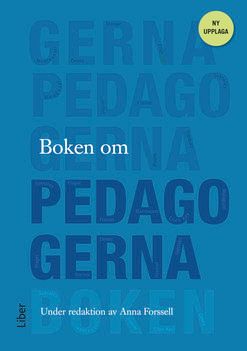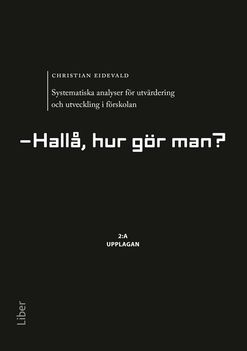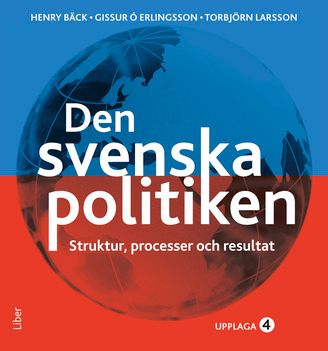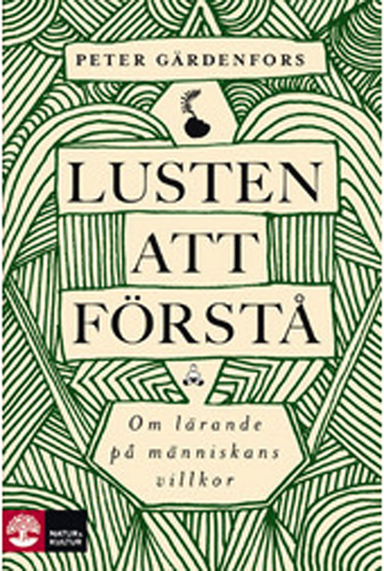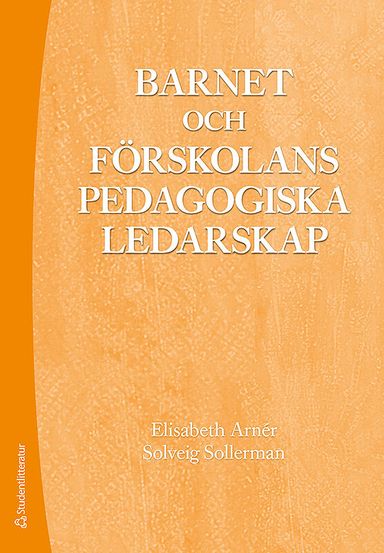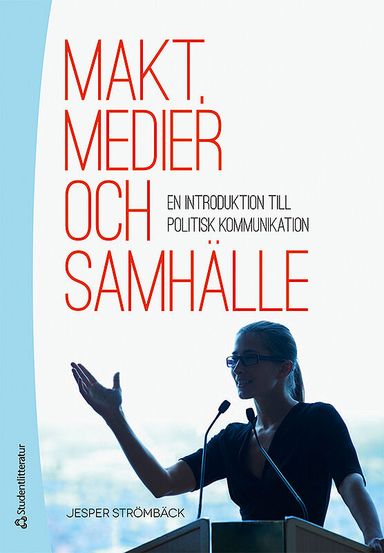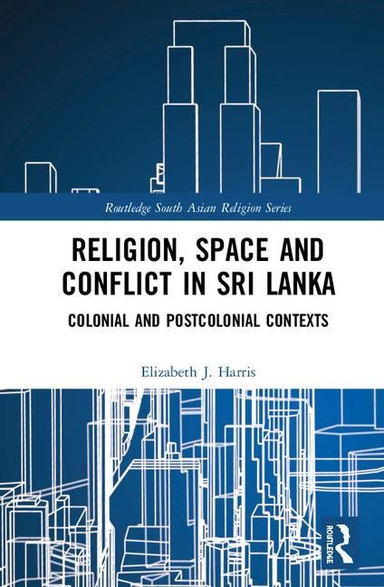

Religion, space and conflict in sri lanka - colonial and postcolonial conte
- Utgiven: 2018
- ISBN: 9781138302013
- Sidor: 256 st
- Förlag: Taylor & francis ltd
- Format: Inbunden
- Språk: Engelska
Om boken
Space is dynamic, political and a cause of conflict. It bears the weight of human dreams and fears. Conflict is caused not only by spatial exclusivism but also by an inclusivism that seeks harmony through subordinating the particularity of the Other to the world view of the majority.
This book uses the lens of space to examine inter-religious and inter-communal conflict in colonial and post-colonial Sri Lanka, demonstrating that the colonial can shed light on the post-colonial, particularly on post-war developments, post-May 2009, when Buddhist symbolism was controversially developed in the former, largely non-Buddhist, war zones. Using the concepts of exclusivism and inclusivist subordination, the book analyses the different imaginaries or world views that were present in colonial and post-1948 Sri Lanka, with particular reference to the ethnic or religious Other, and how these were expressed in space, influenced one another and engendered conflict. The book’s use of insights from human geography, peace studies and secular iterations of the theology of religions breaks new ground, as does its narrative technique, which prioritizes voices from the nineteenth and twentieth centuries, and the author’s fieldwork and personal observation in the twenty first.
Through utilizing past and contemporary reflections on lived experience, informed by diverse religious world views, the book offers new insights into Sri Lanka’s past and present. It will be of interest to an interdisciplinary audience in the fields of colonial and postcolonial studies; war and peace studies; security studies; religious studies; the study of religion; Buddhist Studies, mission studies, South Asian and Sri Lankan studies.
Åtkomstkoder och digitalt tilläggsmaterial garanteras inte med begagnade böcker
Mer om Religion, space and conflict in sri lanka - colonial and postcolonial conte (2018)
I april 2018 släpptes boken Religion, space and conflict in sri lanka - colonial and postcolonial conte skriven av Elizabeth J. Harris. Den är skriven på engelska och består av 256 sidor djupgående information om religion. Förlaget bakom boken är Taylor & francis ltd.
Köp boken Religion, space and conflict in sri lanka - colonial and postcolonial conte på Studentapan och spara pengar.
Tillhör kategorierna
Referera till Religion, space and conflict in sri lanka - colonial and postcolonial conte
Harvard
Harris, E. J. (2018). Religion, space and conflict in sri lanka - colonial and postcolonial conte. Taylor & francis ltd.
Oxford
Harris, Elizabeth J., Religion, space and conflict in sri lanka - colonial and postcolonial conte (Taylor & francis ltd, 2018).
APA
Harris, E. J. (2018). Religion, space and conflict in sri lanka - colonial and postcolonial conte. Taylor & francis ltd.
Vancouver
Harris EJ. Religion, space and conflict in sri lanka - colonial and postcolonial conte. Taylor & francis ltd; 2018.





